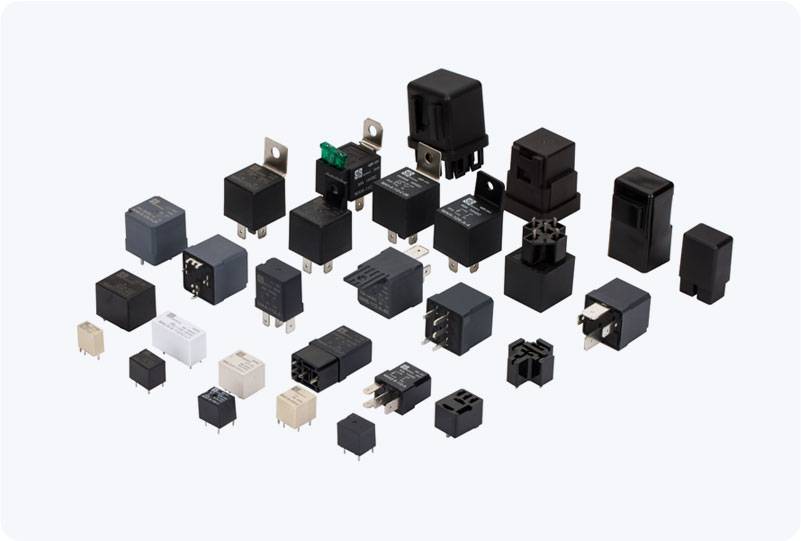understanding time delay relay: functions, applications, and benefits
Release time:2025-11-15 21:10:42
A Time Delay Relay (TDR) is an essential component in modern electrical and automation systems. It is designed to provide a delay in the activation or deactivation of a circuit, allowing for the precise timing of various operations. From industrial machinery to household appliances, time delay relays are used extensively to improve safety, functionality, and efficiency in numerous applications. This article explores the key functions, types, and benefits of time delay relays, as well as the diverse range of industries where they are applied.

What is a Time Delay Relay?
A Time Delay Relay is an electromechanical device that controls the delay of a signal or action in an electrical circuit. Essentially, it functions as a relay that does not immediately activate upon receiving a signal but introduces a specific time interval before performing its designated function. This delayed activation or deactivation can be critical for managing processes that require synchronization, sequencing, or protection.
The main purpose of a time delay relay is to prevent instantaneous responses to inputs. For example, if you are using a time delay relay in a motor control circuit, the relay can delay the activation of the motor to prevent the motor from starting abruptly, thus avoiding sudden electrical surges that could damage the system.

